As kids begin their teenage years and grow into adulthood, many emotions can arise causing a ton of anxiety. As a parent, it can be difficult to notice if your child is just having “normal” anxiety or if it is more serious.
Dr. Laura Willing shares some insight on anxiety disorders among young children, teens and millennials.
Have you seen a rise in anxiety disorders in the past few years?
I have seen more and more children and adolescents with anxiety disorders, which may be due to a variety of reasons. Both a true rise in anxiety among young people as well as increased awareness of the need for mental health care may be at play here. I think that the rise in awareness and availability of mental health care has improved access to care for these young people who are struggling.
Recent studies show that teenagers and millennials are the most anxious groups. Why do you think anxiety/stress levels are so high among them?
Teenagers and millennials face a growing number of stressors including school demands, economic difficulties, navigating social media, a 24/7 news cycle and increasing exposure to anxiety-provoking visuals and media.
Older adults are facing many of the same stressors, but they are more likely to have a lifetime of experience with developed coping skills to help mitigate those stressors. Helping our teens and millennials develop the tools to understand, process and cope with these stressors is an important step in combating anxiety and stress.
What are some signs of an anxiety disorder?
There are different types of anxiety disorders ranging from generalized anxiety disorder to obsessive compulsive disorder to social anxiety disorder. Each disorder has a different set of symptoms.
In general, some signs to look out for include worrying that is difficult to control or that disrupts daily activities at home or school; being distracted by worries; school avoidance; getting tired more easily; being edgy or jumpy; trouble falling asleep or staying asleep; nightmares; irritability; intrusive thoughts of something bad happening; or having extreme reactions to seemingly normal stimuli such as a needle or a spider.
What should parents do to help their anxious teen/child?
It is important to note that not all anxiety is problematic. There is “normal” anxiety that is developmentally appropriate. For example, elementary school-aged children are often afraid of storms or of being injured. Likewise, adolescents are often focused on social anxieties related to fitting in with their peers. This is developmentally appropriate and is only a problem if it is causing impairment in their functioning either at home, at school or with peers.
Talking with your anxious teen or child about their worries can be very helpful. If you are concerned that their anxieties are causing a problem with peer relationships, poor sleep, etc., it may be a good idea to have them evaluated for anxiety. You could start by going to your pediatrician, seeing a therapist or going to see a child psychiatrist.
What are some coping techniques that may be useful?
There are a lot of wonderful coping techniques that work well for kids and teens with anxiety. Deep breathing, progressive muscle relaxation, grounding techniques, mindfulness and distraction techniques can all be helpful. Distraction techniques can include a variety of activities including exercise, listening to music and creating art. Rehearsing and practicing before an anxiety-provoking task, such as public speaking, can also help reduce anxiety and enhance a sense of preparedness and self-efficacy.
In addition, practical skills such as using a calendar for planning ahead, breaking large projects down into smaller tasks and taking breaks in between activities can help reduce anxiety and stress from overwhelming responsibilities.
This blog post originally appeared in Northern Virginia Magazine online.
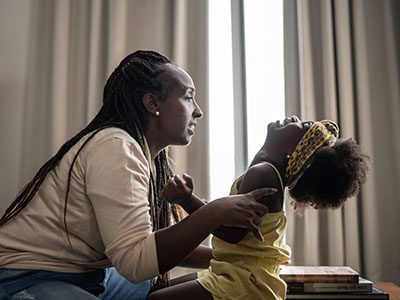 https://riseandshine.childrensnational.org/wp-content/uploads/2025/05/child-having-tantrum-feature.jpg
300
400
webteam
https://riseandshine.childrensnational.org/wp-content/uploads/2017/11/childrens_riseandshine_logo.jpg
webteam2025-05-07 15:54:412025-05-07 16:19:29Helping autistic children manage big feelings
https://riseandshine.childrensnational.org/wp-content/uploads/2025/05/child-having-tantrum-feature.jpg
300
400
webteam
https://riseandshine.childrensnational.org/wp-content/uploads/2017/11/childrens_riseandshine_logo.jpg
webteam2025-05-07 15:54:412025-05-07 16:19:29Helping autistic children manage big feelings





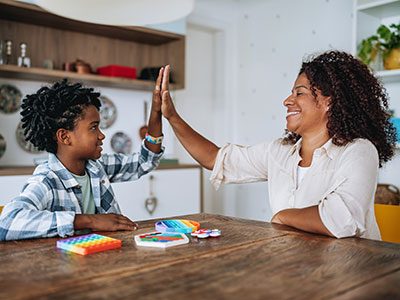
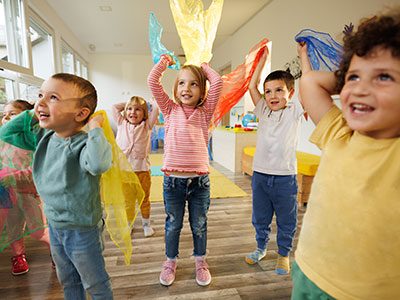


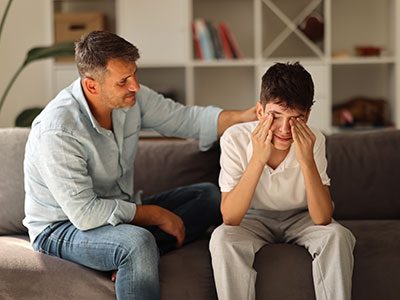



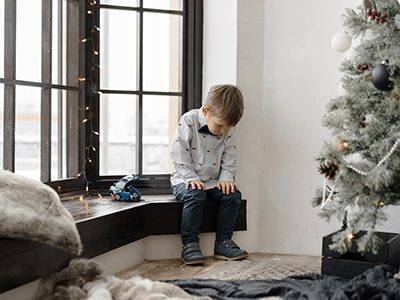
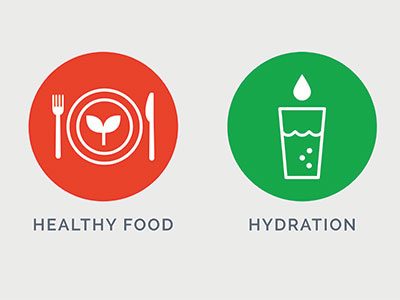


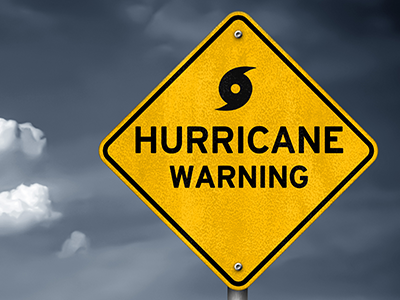
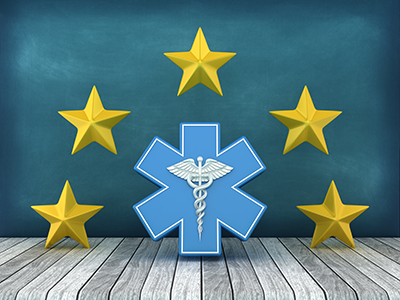
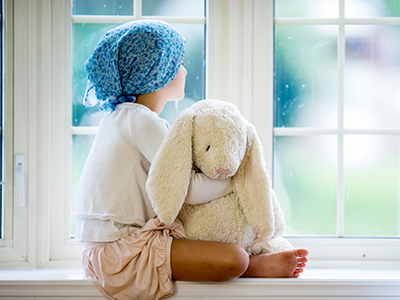

Leave a Comment
Want to join the discussion?Feel free to contribute!